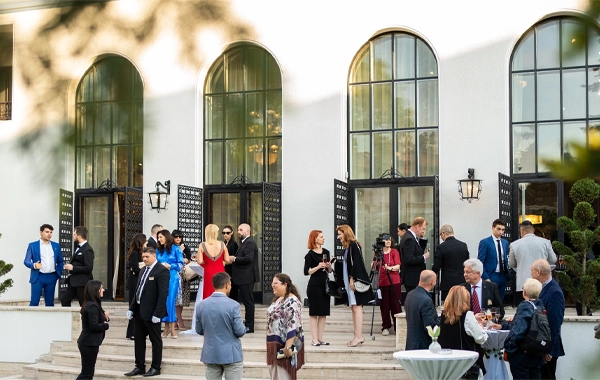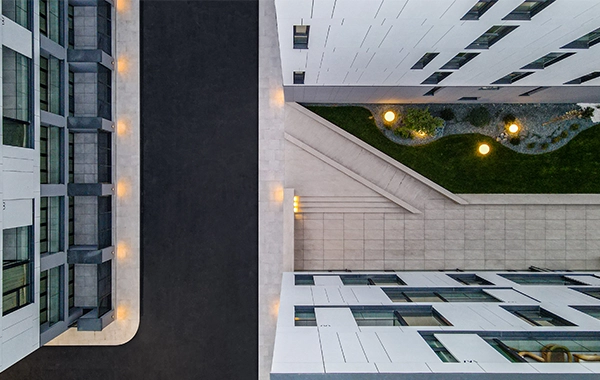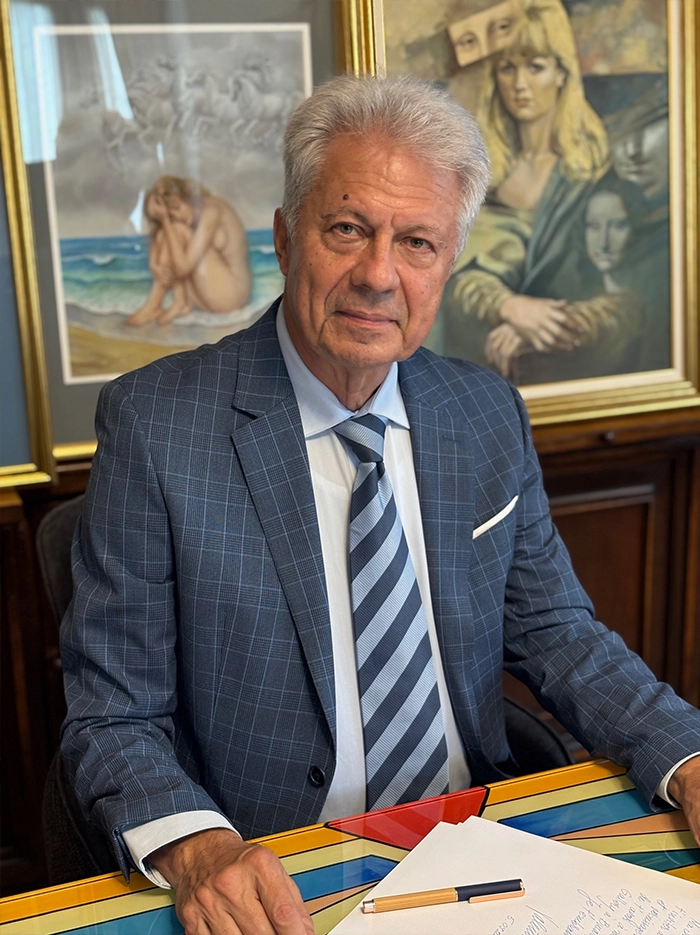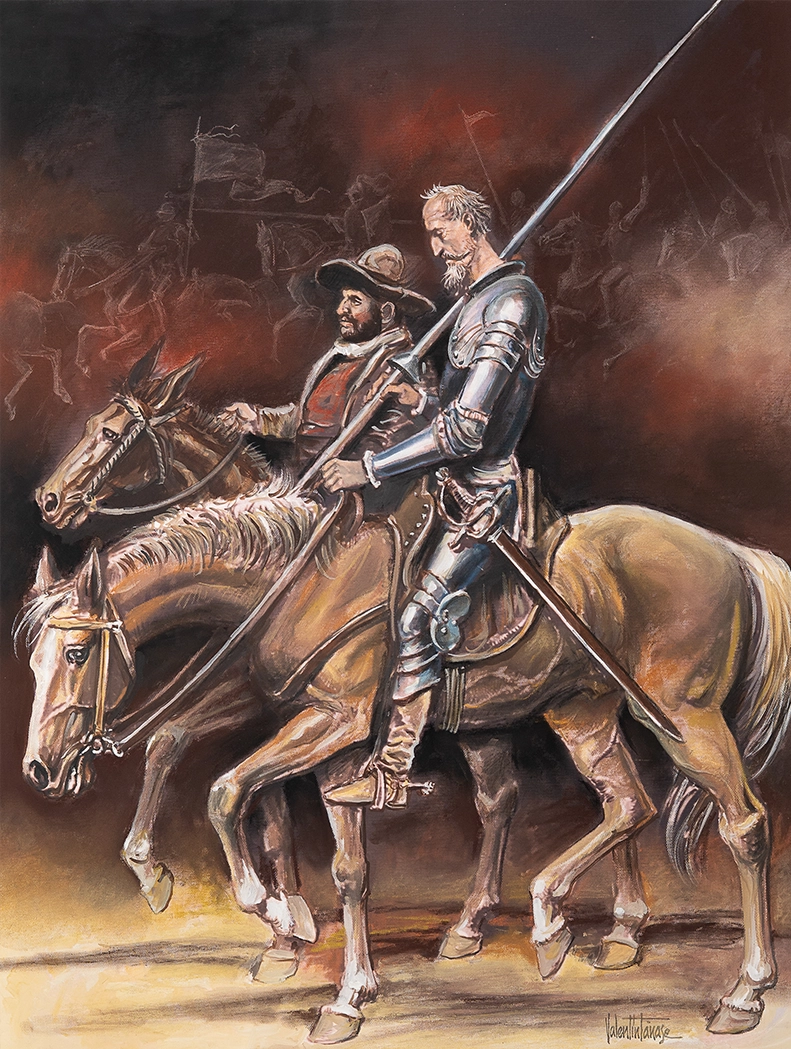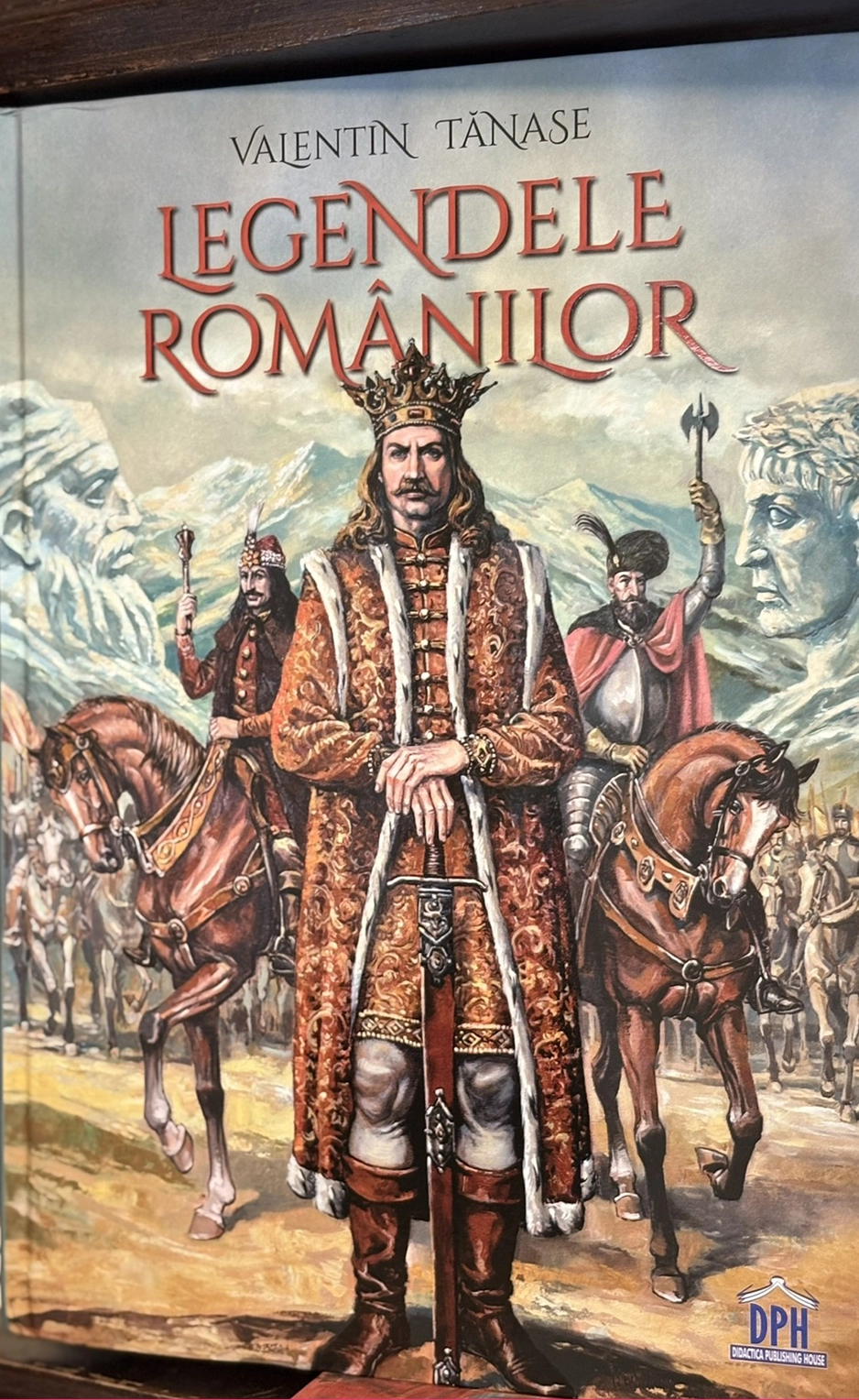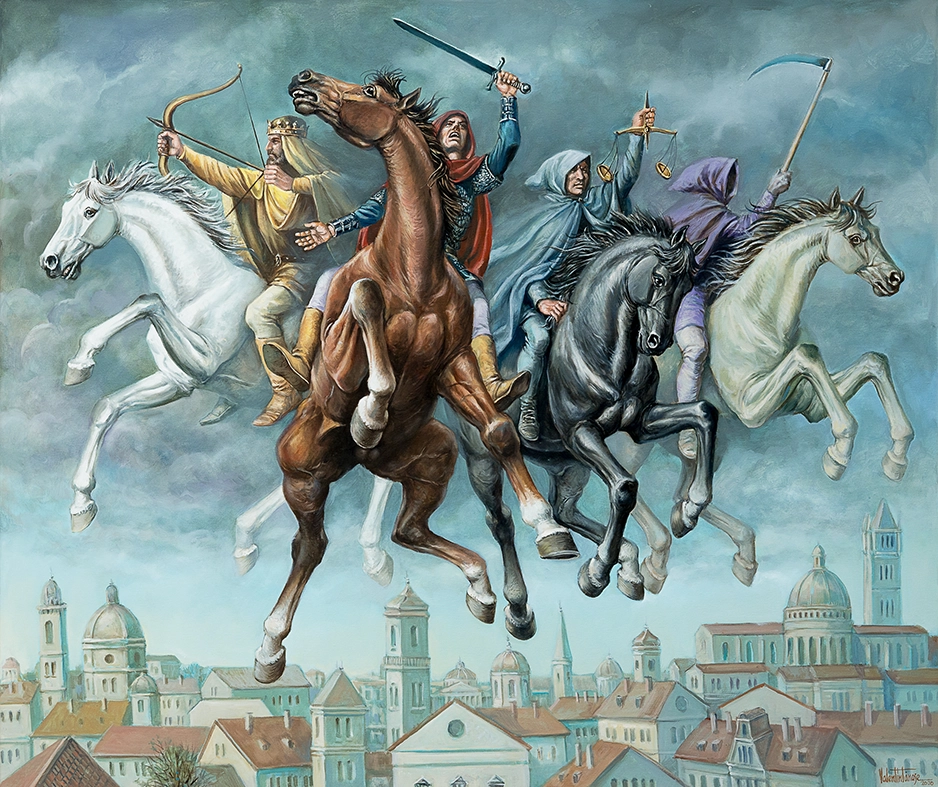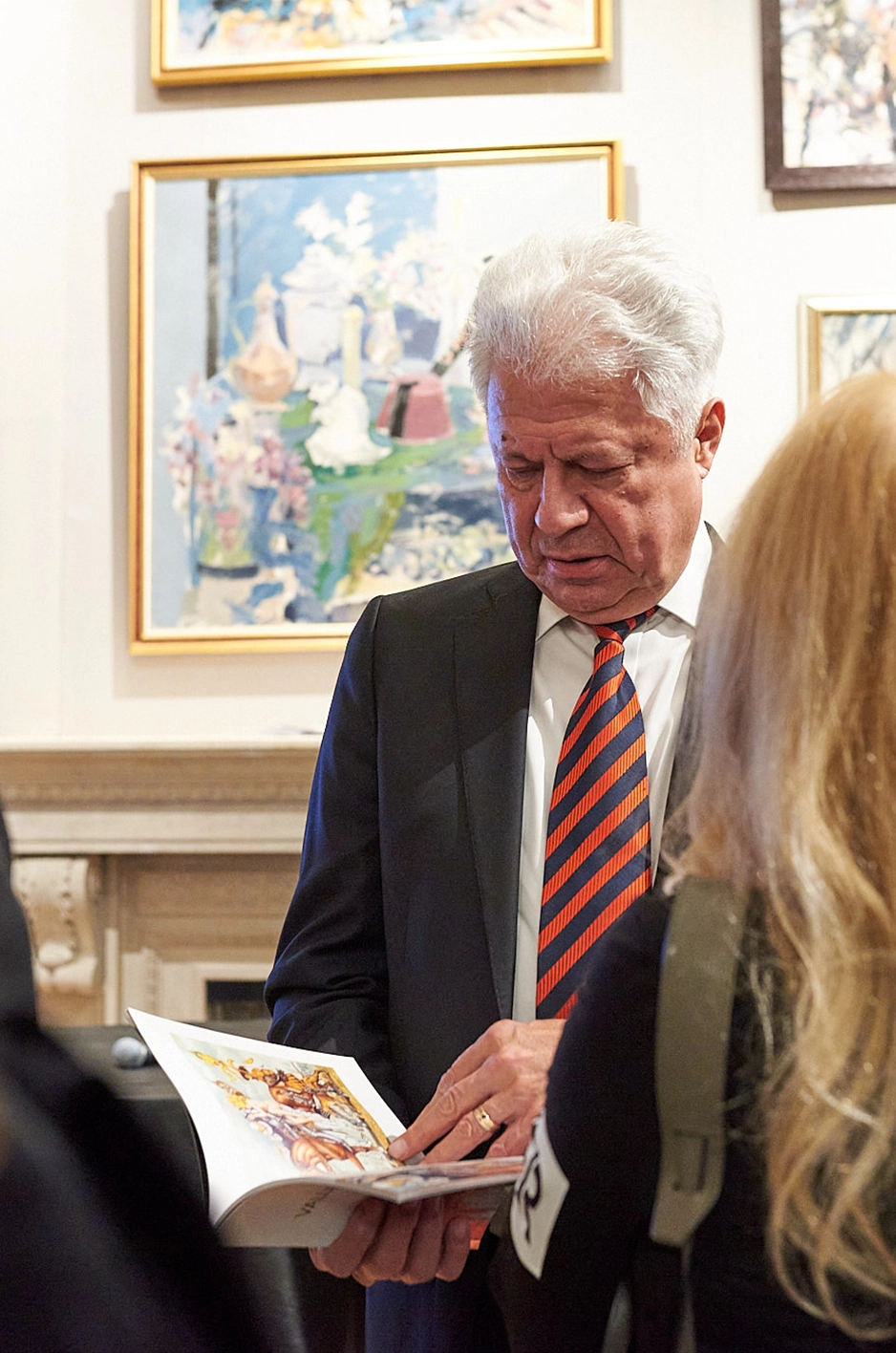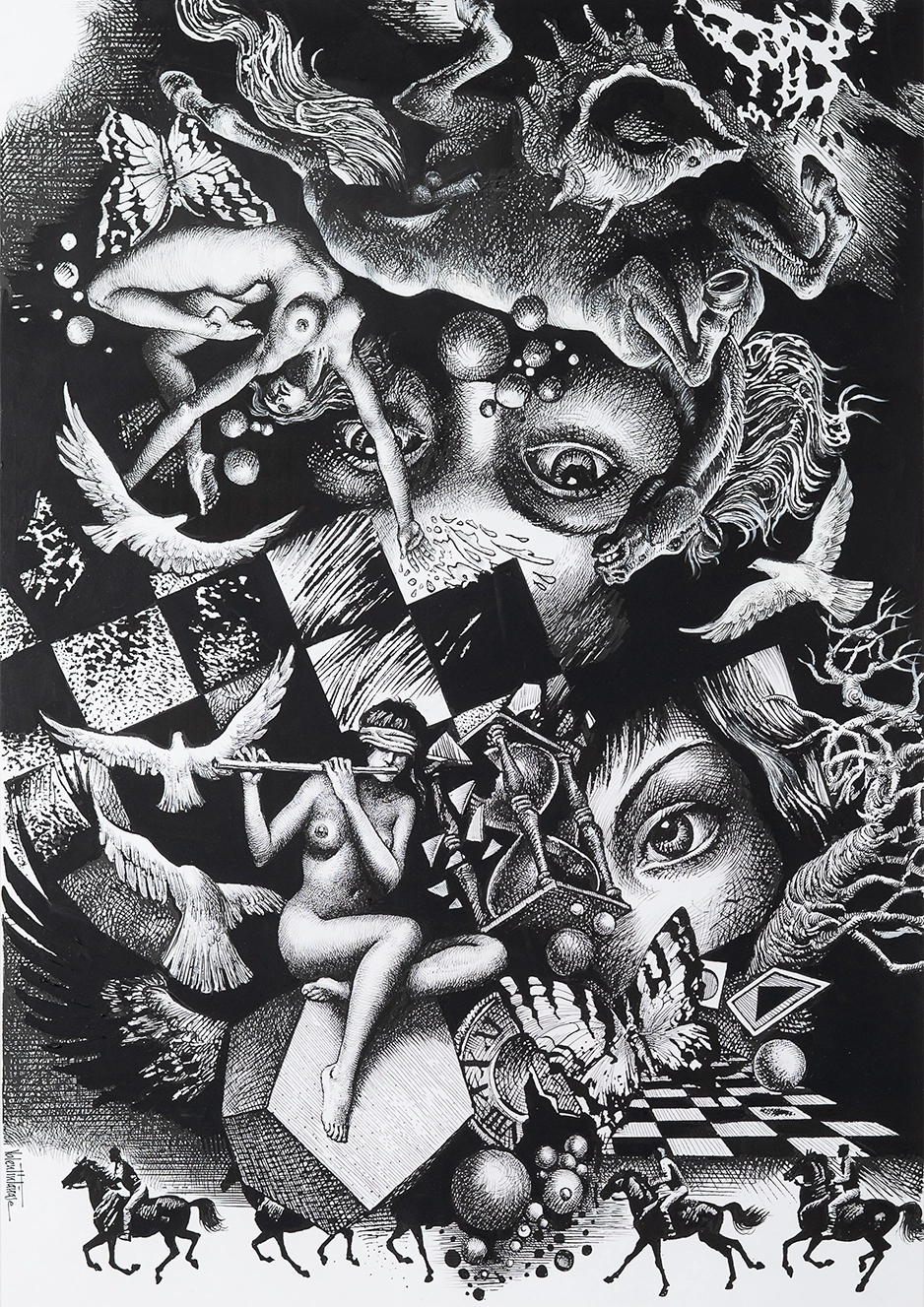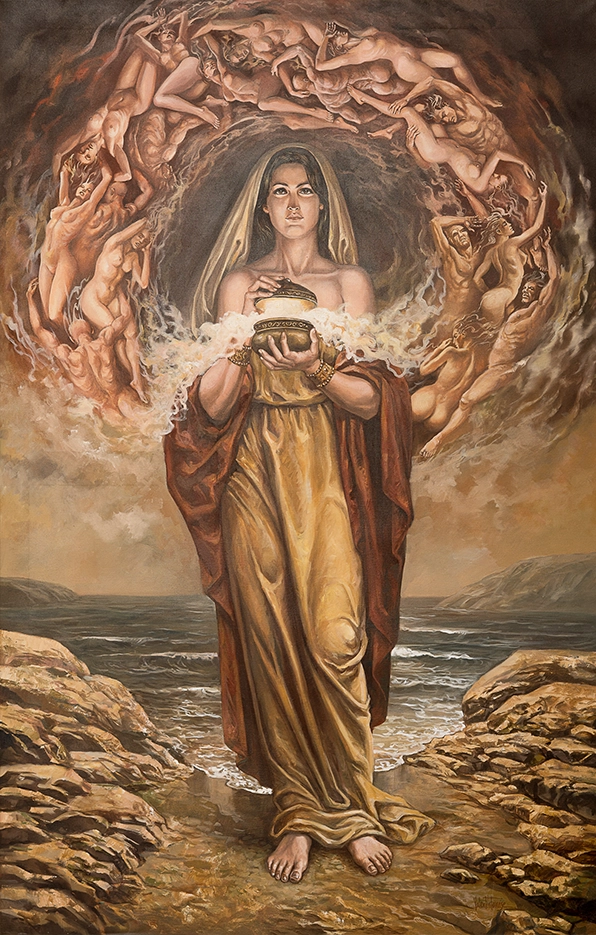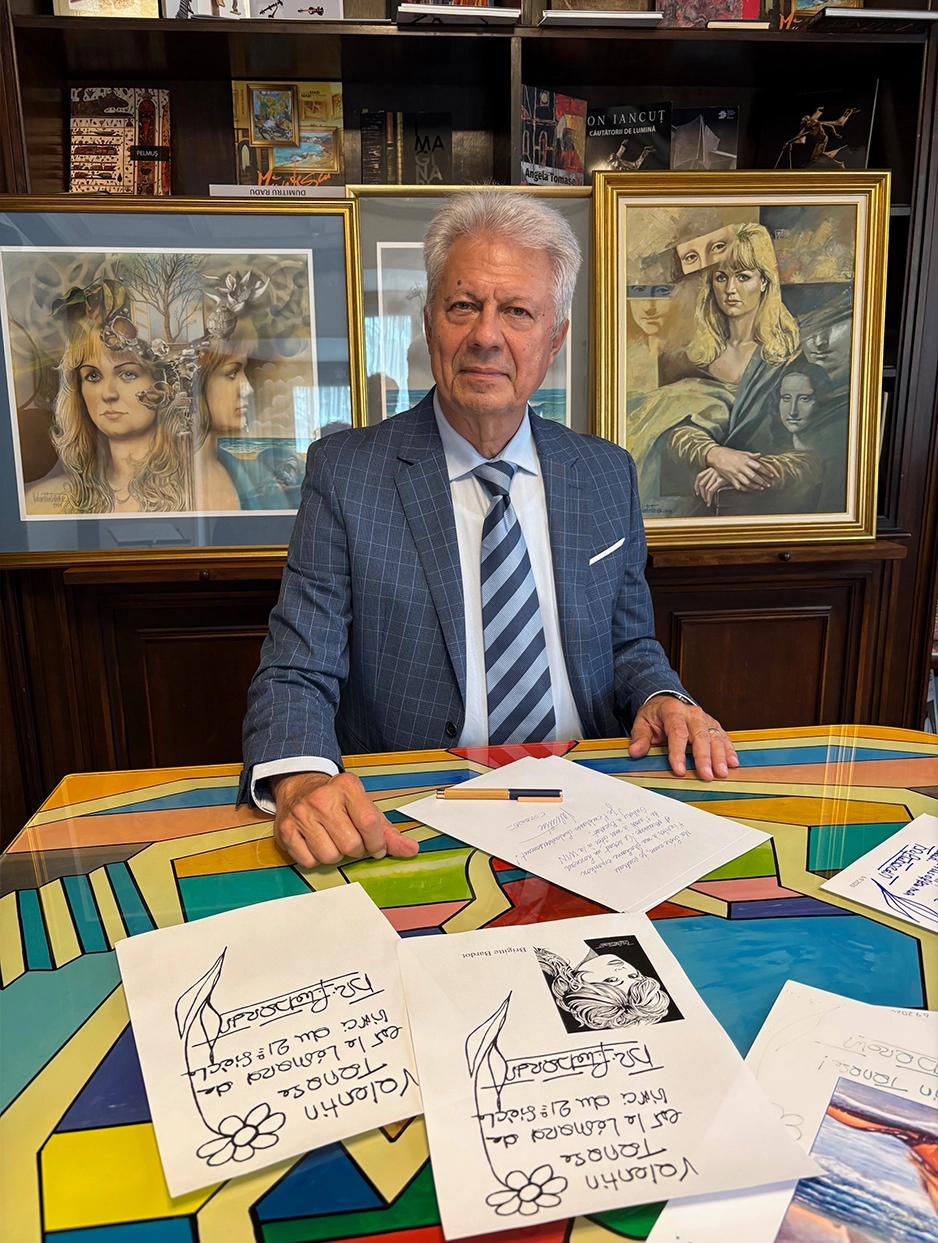WIN Gallery: Anii `90, tumultuoși dar plini de oportunități, au reprezentat o rampă de lansare internațională pentru mulți artiști. Ce amintiri aveți din acea perioadă?
Valentin Tănase: Așa este, de la jumătatea anilor `90 am avut în străinătate multe expoziții, eram tânăr, aveam o remorcă, aveam ambiții și visam mult. Mergeam cu mașina prin Europa, cu tablourile după mine pe la diverse expoziții, până în sudul Franței, Germania, Grecia. Ce aventuri, vă dați seama, pe vremea aceea nu eram în Europa, nu eram în Schengen, trebuia să obțin viză pentru fiecare țară pe care o traversam! Mă opreau la frontieră, trebuia să deschid bagajele de fiecare dată! Mă întrebau suspicios ce transport acolo, de unde am tablourile acelea, unde merg cu ele... Ce aventuri! Sigur, mai târziu am lăsat mașina și am călătorit cu avionul, dar a fost o experiență nemaipomenită, pe care o faci când ai o anumită vârstă, o anumită energie. Am făcut în felul acesta drumul la Paris, Lille, sudul Franței, Coasta de Azur, la Viena, Bratislava, Budapesta, Berlin, Roma... Și am ajuns în cele din urmă și la Beijing cu avionul.
WIN Gallery: Sunteți deja la a treia colaborare cu WIN Gallery și la prima expoziție personală, de mari dimensiuni, care aduce la un loc peste 40 de lucrări semnate Valentin Tănase. Ce așteptări aveți și cum percepeții această colaborare?
Valentin Tănase: Am participat cu mare plăcere, am deja două participări la expoziții colective la WIN Gallery și [acum, iată că urmează a treia], o expoziție personală de mari dimensiuni intitulată Realitatea ireală. Pentru mine, spațiul acesta și conceptul galeriei reprezintă elita a tot ce înseamnă nivelul expozițional din București. Dintr-o dată, s-a ridicat o anumită ștachetă de eleganță, de noblețe, de „chic”, să spunem așa, odată cu apariția acesteia [pe piața de artă]. Sunt anumiți oameni care vin aici, o anumită clientelă care este, de cele mai multe ori, peste medie, și care dă o anumită clasă. Edificiul în sine impune o anumită eleganță. Sigur, toate acestea sunt promovate de organizatorii evenimentelor, dar și de edificiu în sine; clădirea WIN Gallery impune o anumită eleganță, o anumită ținută. Sunt multe altele în București, dar niciuna la acest nivel. Eu coordonez de mulți ani sălile de expoziție ale Cercului Militar Național, iar una dintre ele este de o amploare și o eleganță cum mai rar vezi în București, se intitulează Sala Galeria Artelor care este des căutată de artiști. Dar tot mi se pare că se află pe alte coordonate, pe când WIN Gallery este exclusivistă și promovează artiști de o anumită ținută. Dintre toate câte există în București, WIN Gallery aduce acea notă de elită într-o mare de galerii și locuri de artă din București.

